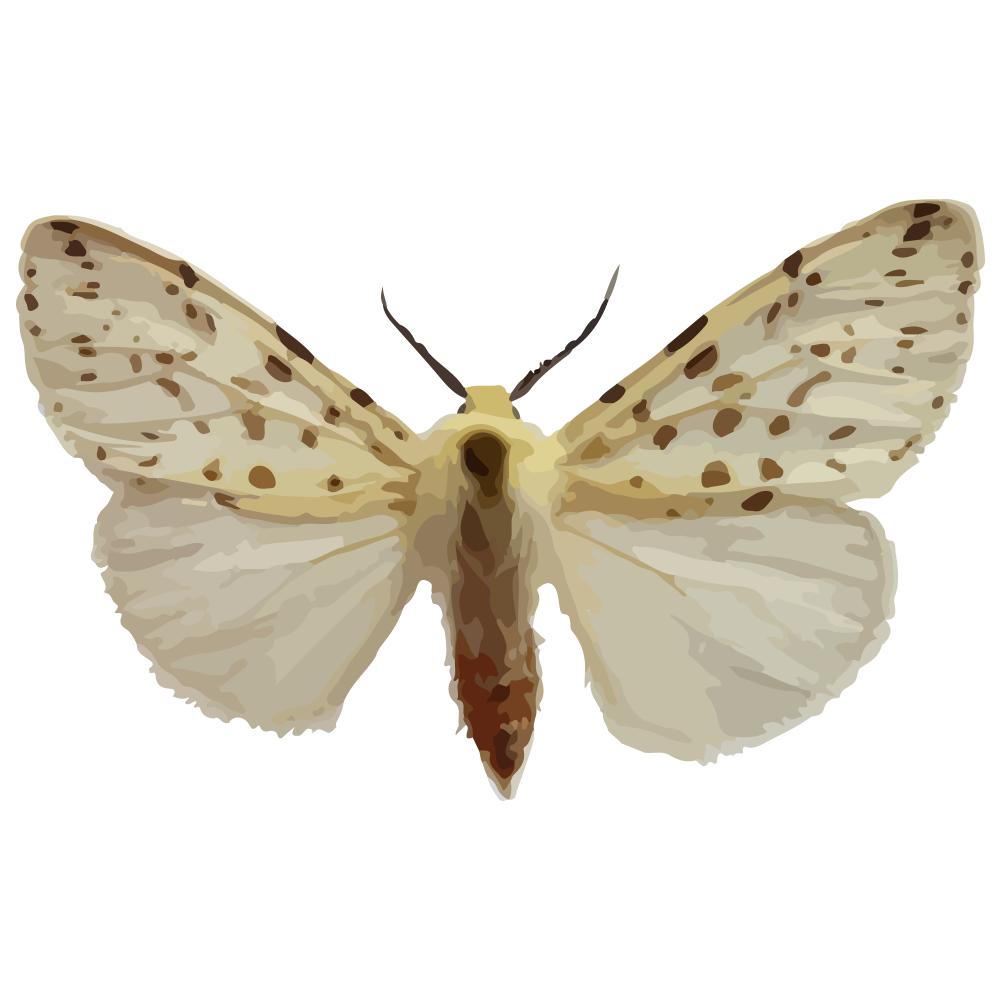


| Latin Name | Hyphantria cunea |
| Common Name | Fall webworm moth |
| Biology | Adult moths are nocturnal and phototactic, ovipositing in clustered masses on leaf undersides. Larvae collectively spin silk webs to feed within them; initially creating translucent patches on leaves, subsequently consuming entire foliage leaving only veins. This insect is polyphagous, highly reproductive, and rapid-spreading—a quarantine pest of global concern—producing 2-3 generations annually. |
| Damage | This pest primarily damages multiple forest and fruit trees including poplar, willow, elm, apple, and pear. |
| Distribution Regions | Invaded areas |
| Monitoring | Pheromone lures mimic natural sex pheromones to attract male insects into specialized traps for population monitoring and suppression. As a core IPM component, monitoring enables early risk detection and targeted control. Mass trapping reduces mating opportunities to curb offspring populations. Protocols: ●Use only with matched traps. ●15-45 traps/hectare,replace/replenish every 4-6 weeks. ●Wear gloves or wash hands with detergent when switching lure types. ●Refer to trap-specific hanging instructions. |
| Recommended Traps | Delta Trap, Wing Trap |

ご連絡先情報をご提供ください。精密にマッチしたフェロモンソリューションをご提供します。当社の既存ポートフォリオに最適なソリューションが見つからない場合、合成化学チームが分子構造設計から量産まで一貫してカスタム開発を実施いたします。